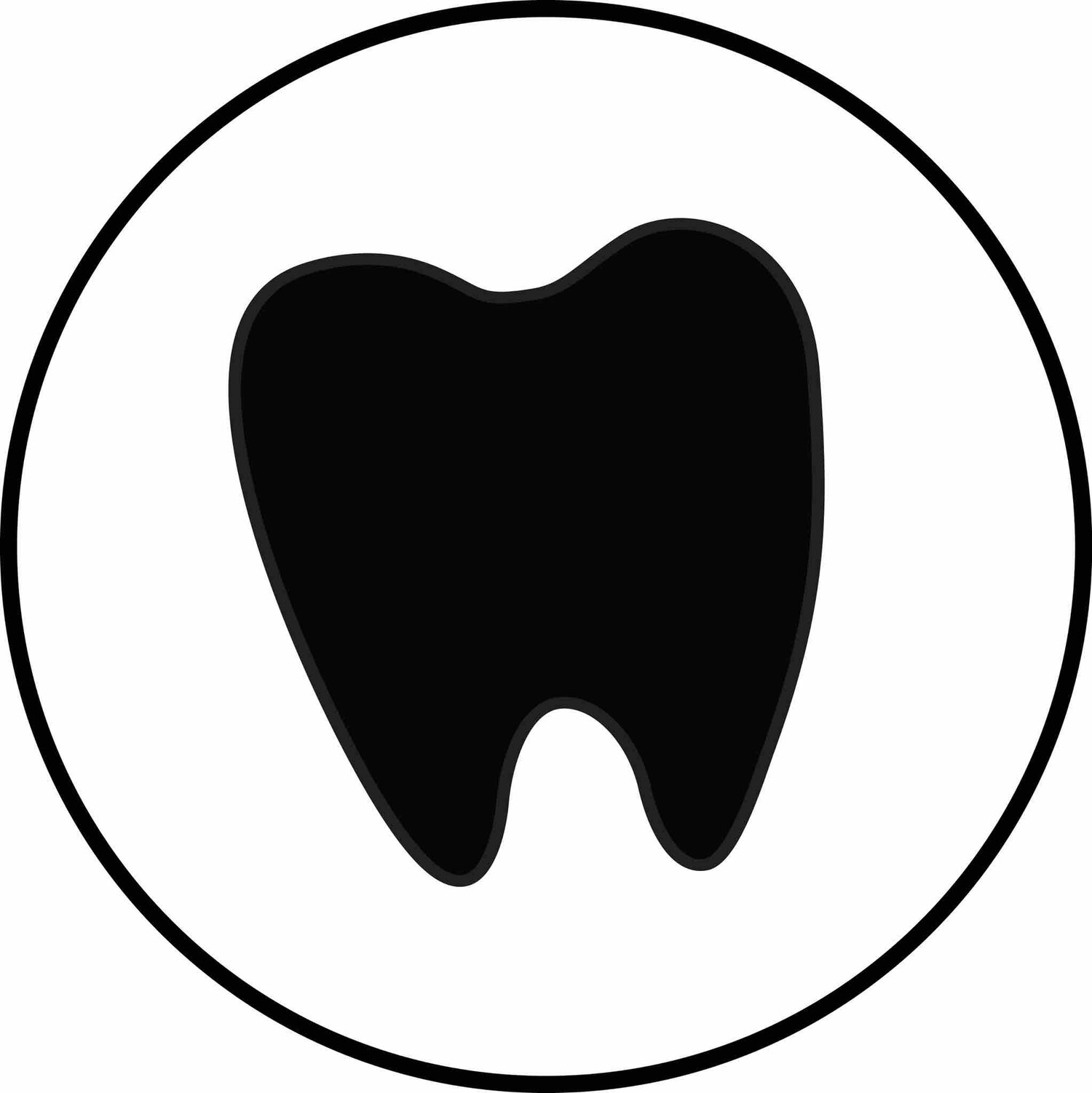Amber Teething Necklaces: What the RDH Needs to Know.
Picture this. Your 10 am patient slumps down in your op chair, tired eyes and feeling overwhelmed. After some questioning, you get to the bottom of your patient’s body language. They have a teething baby! Nothing is harder than being over exhausted, and having a teething baby is no help when it comes to sleepful nights. Your patient looks at you and asks “What do you think about Amber Teething Necklaces?”. They are desperate to try anything to help their little one and in turn help their family. How do you answer them?
For me, I love to follow up any question that I get from patients about the current research that is being presented on a topic. Starting your response as “the research shows” or “the research now shows” is a great For this subject of amber helping with pain, there isn’t great research to support the claim. In theory, amber once warmed up against skin releases succinic acid, a compound that is believed to have pain-relieving and anti-inflammatory properties. Then once, it is released with the warm body, it is then absorbed through the skin and provides the relief. Another aspect of amber is the believed calming and soothing capabilities. When the amber is warmed from the body, energy from the amber is released and has a calming effect on the child and body, potentially reducing fussiness and irritability. Unfortunately, there is no current research on amber when it comes to energy and calmness.
Unfortunately, there is research and evidence on the harm these necklaces can have on our tiny patients. First, since it is something worn around the neck, there is always a chance of trauma or breathing issues. Second, they usually are a strand of amber beads on a string, which pose a choking or ingestion hazard if the string ends up breaking. Since the patients using and wearing these necklaces are usually 6 months-2 years old, this is the most common age for strangulation or choking on anything, let alone a necklace worn both during the day and at night.
If you have a patient ask about these necklaces, it might be good to have some suggestions about what else can work for their child instead.
Questions like these are a great reminder to keep up with the latest research in health and dentistry, and knowing how to look and read research. I totally get it- having time to read and research isn’t always feasible, but knowing how to look at studies, see who is sponsoring them, and knowing the outcomes is so helpful to our patients and shows how much of dentistry and dental hygiene treatments are science and research based. The next time you have a patient ask you about a fad or a treatment, let them know what the latest research shows, or get back to them with some research to allow them to make their best informed decision and care.
Have you had patients or family members try out amber teething necklaces? What was their opinion?
xoxo, Melia Lewis, MEd, RDH

